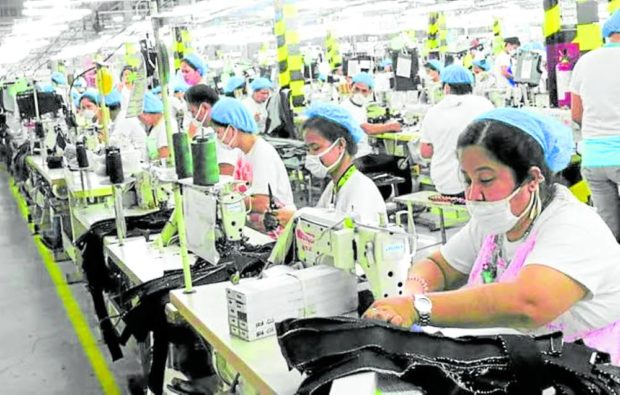PH factory sector extends growth streak to Dec 2022

The Philippine manufacturing sector continued to expand in December 2022, with the S&P Global Philippines Manufacturing PMI (purchasing managers index) reaching a six-month high of 53.1 from 52.7 in November.
S&P Global said the December readout signaled “a solid improvement in the health of the Filipino manufacturing sector” as output increased at a quicker pace, hiring activities resumed and price pressures moderated.
A PMI number of more than 50 means an overall increase (more positive responses than negative) while less than 50 means an overall decrease (more negative answers than positive).
The Philippine PMI has been above 50 for the 11th month in a row, beginning in February 2022.
The company said that in December, both production and new orders expanded for the fourth consecutive month, although the latter increased at a slightly softer rate.
Increased orders
Throughout the past 11 months, the rate of increase of both input price and output charge softened, even if inflationary pressures have intensified greatly over the last two years and remained historically elevated in December.
S&P Global observed that selling prices rose at the slowest pace within a year.
Maryam Baluch, an economist at S&P Global Market Intelligence, said the release of pent-up demand because of the COVID-19 pandemic continued to help the recovery of the manufacturing sector in 2022.
Baluch added that the latest upturns in output and new orders were stronger than the survey averages.
Remaining challenges
“December data also revealed growth in employment after a solid fall in workforce numbers was reported in November,” she said.
“However, challenges in the form of supply-chain disruption and inflationary pressures remain an ongoing concern to the sector and could potentially threaten growth prospects in 2023,” she added.
Baluch also noted that while the Bangko Sentral ng Pilipinas has taken measures to curb inflation, global supply chain delays and material shortages remain a much more complex issue to solve.
“Nonetheless, goods producers remain strongly upbeat for the year-ahead, banking largely on domestic demand to help maintain growth,” she said.
S&P Global data also revealed that growth in new orders entered its fourth successive month, as demand conditions remained strong for Filipino manufactured goods.
But the company pointed out that domestic demand had been the driving force behind the latest upturn in incoming new business, as foreign orders contracted for the 10th month running.
The S&P Global PMI for the Philippines is based on a survey of managers at 400 companies who decide on choosing suppliers and buying supplies of production inputs.
S&P’s PMI is a weighted average of five indices—30 percent based on new orders; 25 percent on output; 20 percent on employment; 15 percent on supplier delivery times; and 10 percent on stock purchases. INQ
